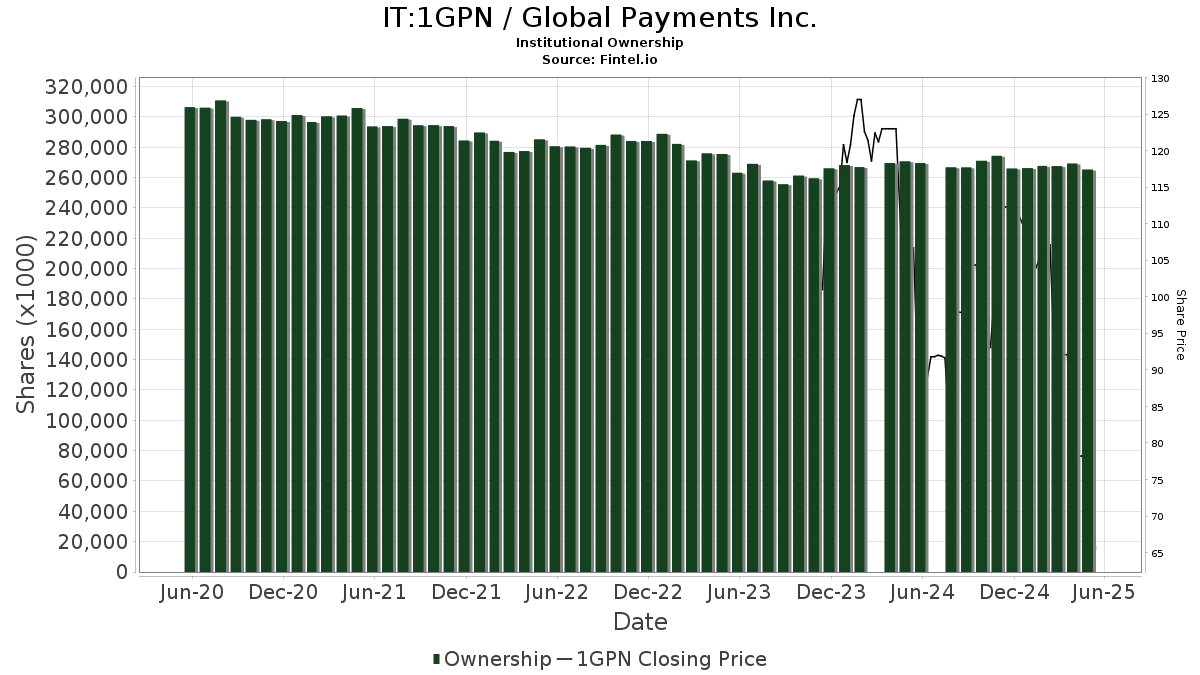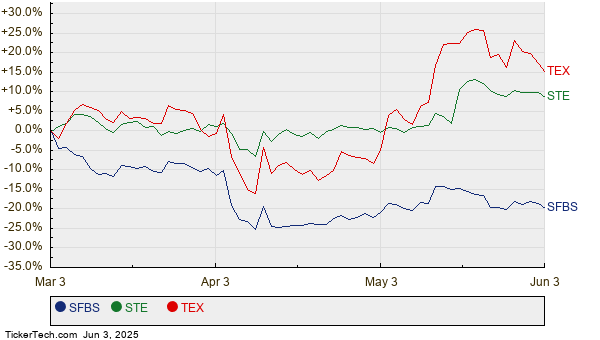Understanding Bear Markets: Key Insights for Investors
The term “bear market” often evokes fear among investors. A bear market occurs when a broad market index declines by 20% or more from its previous high. April’s market turbulence, triggered by President Donald Trump’s tariff announcements, clearly illustrates this fear.
Bear markets are a normal part of market cycles. Recognizing their dynamics can aid investors in making informed decisions. Here are four important truths about bear markets for investors to consider.

Image source: Getty Images
1. They Usually Don’t Last Long
Bear markets, similar to a roller-coaster ride, can be swift and jarring. From 1949 to 2024, the average S&P 500 bull market lasted about 67 months, while bear markets lasted only 12 months on average, with the briefest lasting just 33 days.
2. Bear Market Losses Are Smaller Than Bull Market Gains
While bear markets can see portfolio values drop, the long-term returns from remaining invested outweigh these losses. The average bear market saw an S&P 500 decline of 34%, with the 2008 downturn hitting a 59% drop. However, since 1949, bull markets averaged a 265% gain, highlighting the benefits of staying the course.

Image source: Getty Images
3. Missing a Bear Market Recovery Can Be Costly
Trying to predict market movements can lead to missed opportunities. Historical data shows significant rebounds following bear markets. For instance, after the S&P 500’s low on March 23, 2020, the index surged 55% within five months. Missing the initial recovery can result in significant losses.
4. Bear Markets Are Less Frequent Than Perceived
Investors often adopt the “buy the dip” strategy, which generally pays off. Bear markets occur approximately every 3.5 years. Since 1974, the S&P 500 recovered from 80% of its corrections before they evolved into bear markets, averaging gains of over 24% in the year following a correction. Investors should view these market dips as buying opportunities.
Should You Invest $1,000 in the S&P 500 Index Now?
Before investing in the S&P 500 Index, it’s essential to evaluate current conditions. Analysis from Motley Fool Stock Advisor highlighted 10 stocks deemed top investment opportunities, none of which were S&P 500. These selections may offer substantial returns.
For example, had you invested $1,000 in Netflix when it was recommended on December 17, 2004, your investment would now be valued at $651,049. Similarly, $1,000 in Nvidia, recommended on April 15, 2005, would have grown to $828,224.
Notably, Motley Fool Stock Advisor boasts an average return of 979%, significantly outperforming the S&P 500’s 171% return. Investors should consider these recommendations carefully.
Justin Pope has no financial interest in any of the stocks mentioned. The Motley Fool also holds no positions in these stocks.
The views expressed in this article reflect the author’s opinions and are not necessarily those of Nasdaq, Inc.






